The Five Things Orchids Need to Thrive
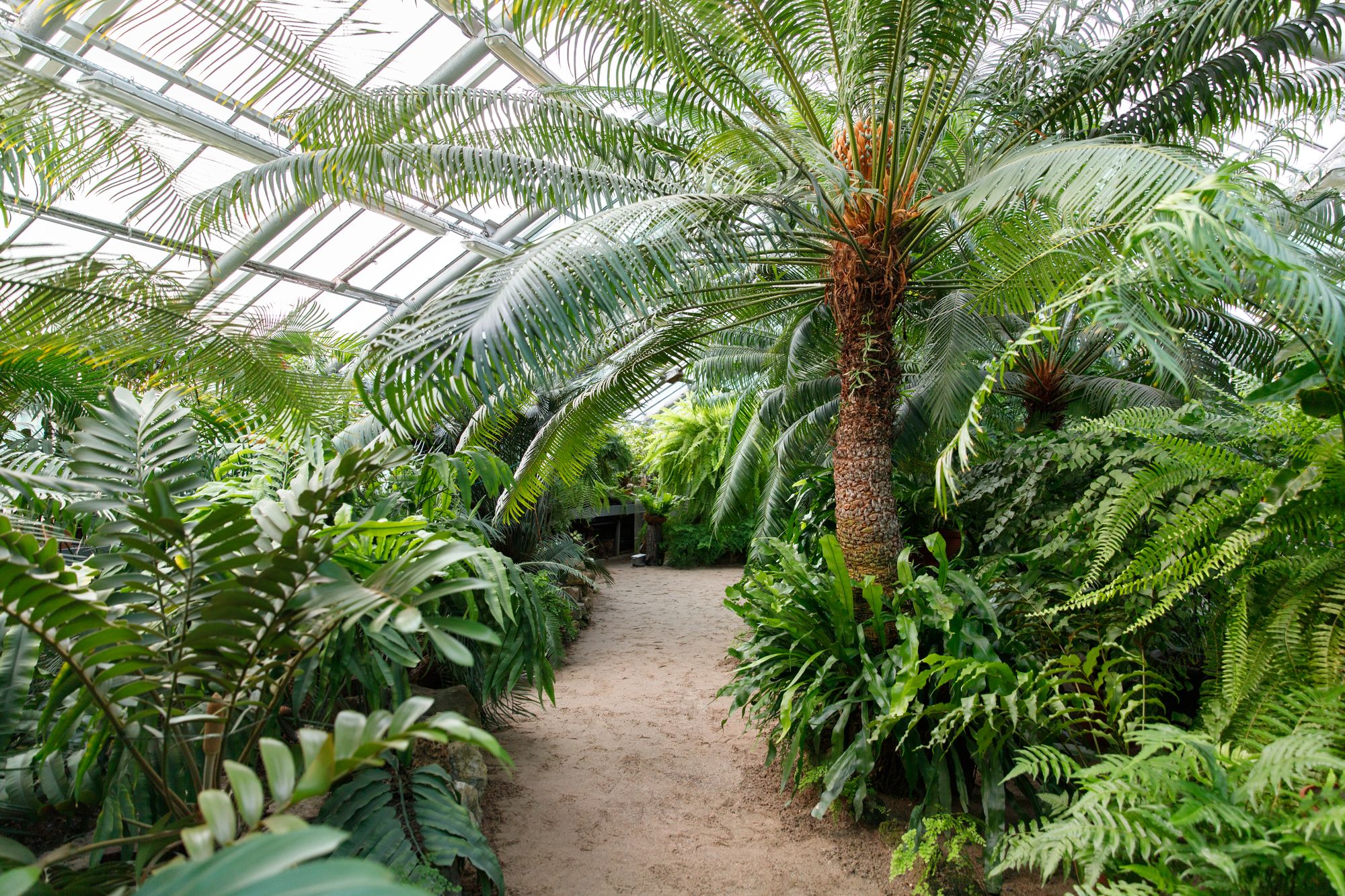
A human being needs food and water to survive, but it needs a bit more to excel and live a comfortable life. The same is true for orchids. Your orchid can survive if a few basic needs are met, such as water and light, but you want it to flourish. Right?
If you want your orchid to be healthy and bloom, then you need to pay close attention to five fundamental needs.
- light
- water and humidity
- potting or substrate
- nutrients
- air flow
Five Fundamentals
Light
Like most plants, orchids convert light energy to chemical energy through photosynthesis and that means they need light to survive. Most orchids don't like direct sunlight, though. Intense sunlight can damage some orchids in a matter of minutes so be careful.
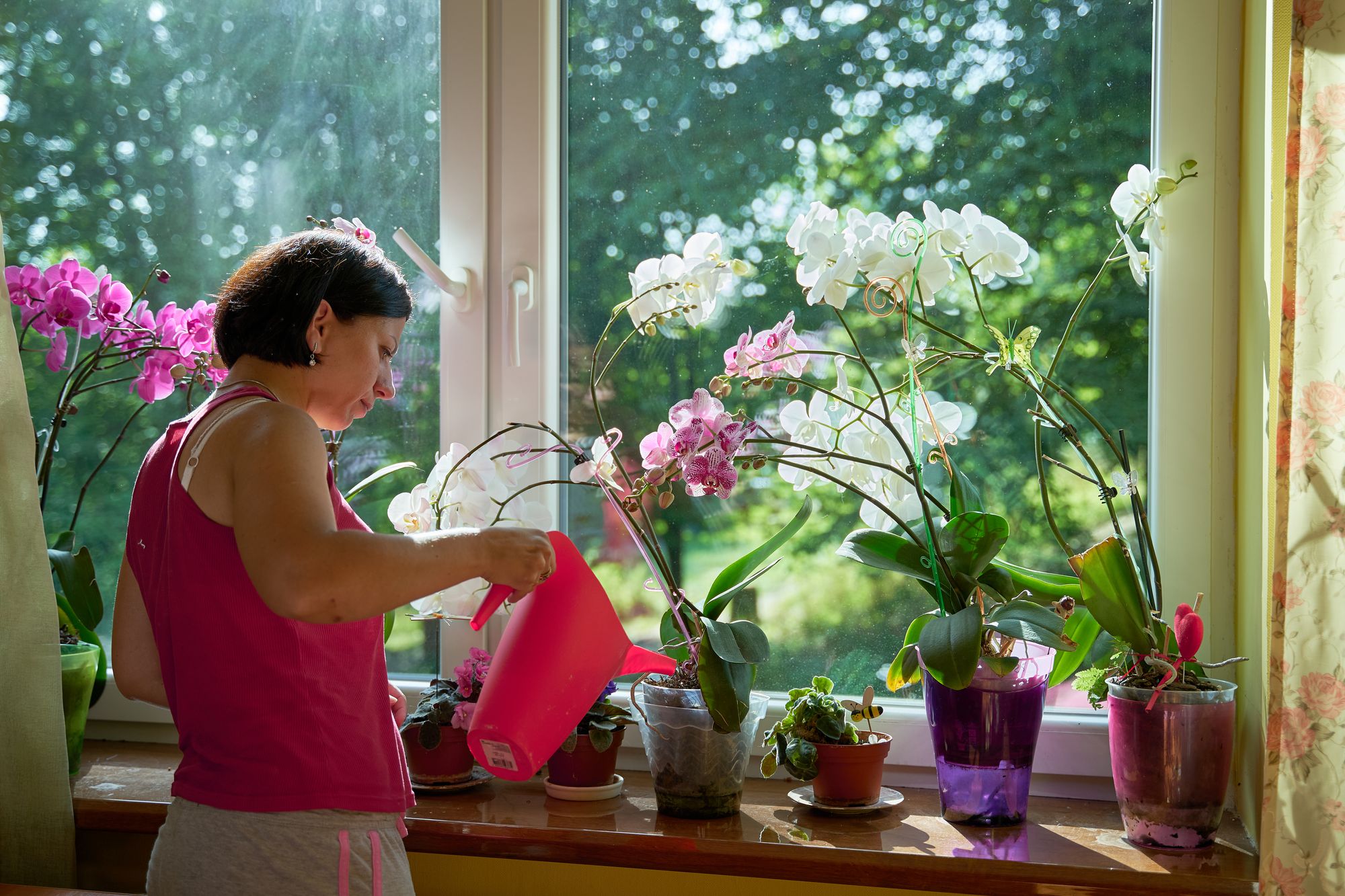
A large number of orchids grow in the shade in tropical forests. Those orchids receive light that is filtered by the canopy of the trees. That is why many of the orchids that are commercially available love filtered or indirect sunlight.
Water and Humidity
Every form of life on this planet needs water to survive and orchids are no exception. How much water an orchid needs depends on the species or hybrid, but there is an important rule to keep in mind. Orchids don't like wet feet.
The water you give your orchid should be able to drain from the pot. A pot without draining holes is a big no for orchids (and many other plants for that matter). Pots that are designed specifically for orchids have multiple draining holes, both at the bottom and on the sides. The additional draining holes also improve air flow (see below). Clay pots are preferred by many experts, but due to their porous structure they dry out faster than, for example, a plastic pot.
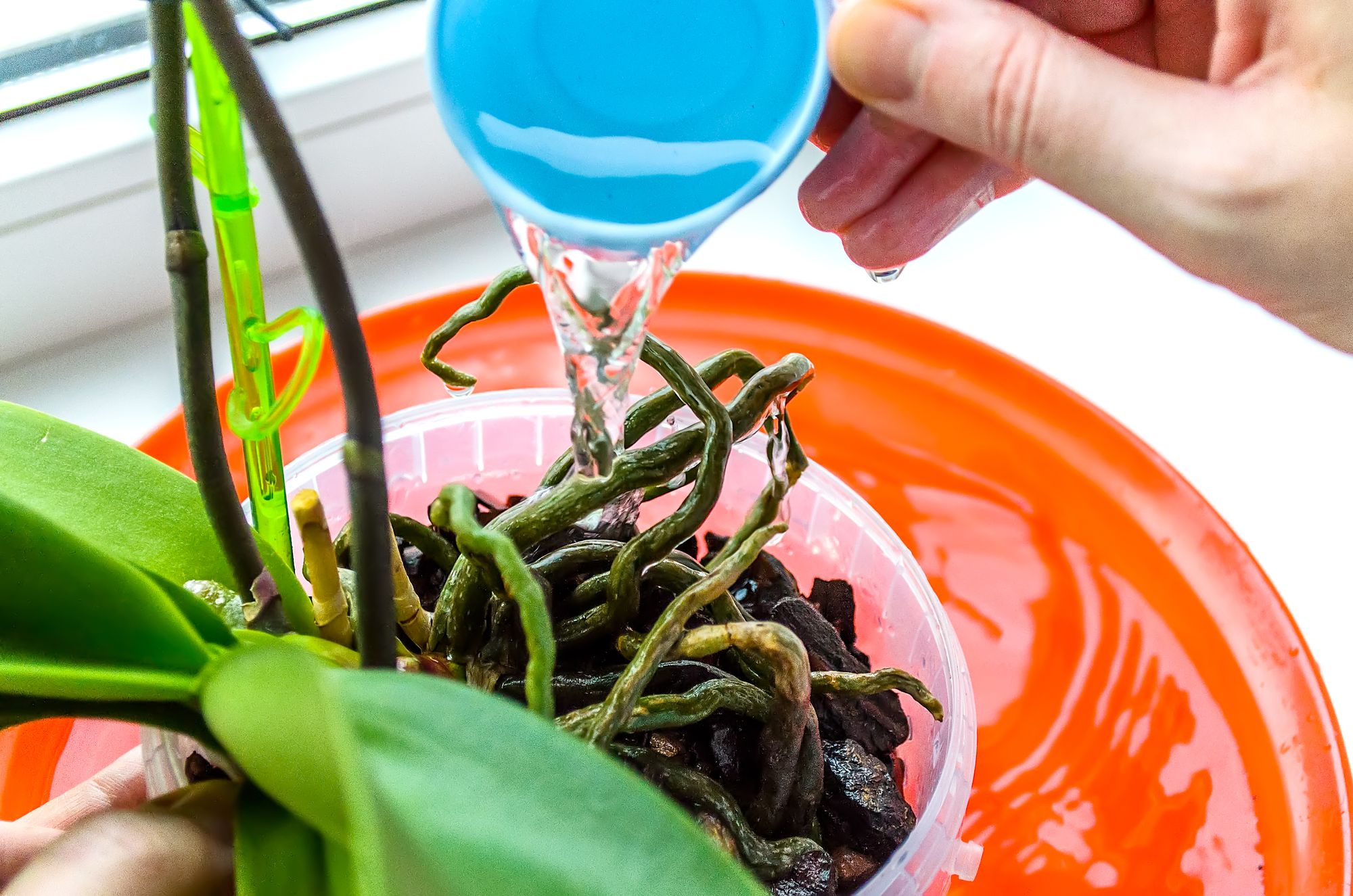
The more light an orchid receives, the more frequently it needs to be watered. The size of the pot also plays a role. Orchids growing in smaller pots need more frequent watering. That is one of the reasons small orchids in small pots are more difficult to grow.
The potting your orchid grows in or the substrate your orchid grows on plays a key factor in how frequently your orchid needs to be watered. Orchids growing on cork need frequent watering because there isn't much water that can be stored. Some potting mixes are great at retaining water. Sphagnum moss, for example, is popular among orchid enthusiasts for that reason. Other potting mixes are less ideal. Make sure you choose a potting mix that is suitable for orchids.
The humidity of the environment your orchid grows in is also important and often overlooked. This isn't something you can easily control in a house, but it is something to keep in mind. Does your bathroom have a window? Put your orchid on the windowsill and see how your orchid responds. A bathroom is more humid and that is something every orchid appreciates.
Potting or Substrate
The substrate or potting mix an orchid grows in is very important and it too defines how healthy your orchid is. The root system of orchids need air so the potting mix should not be compressed. There are quite a few choices available these days, from Sphagnum moss to tree bark in various sizes.
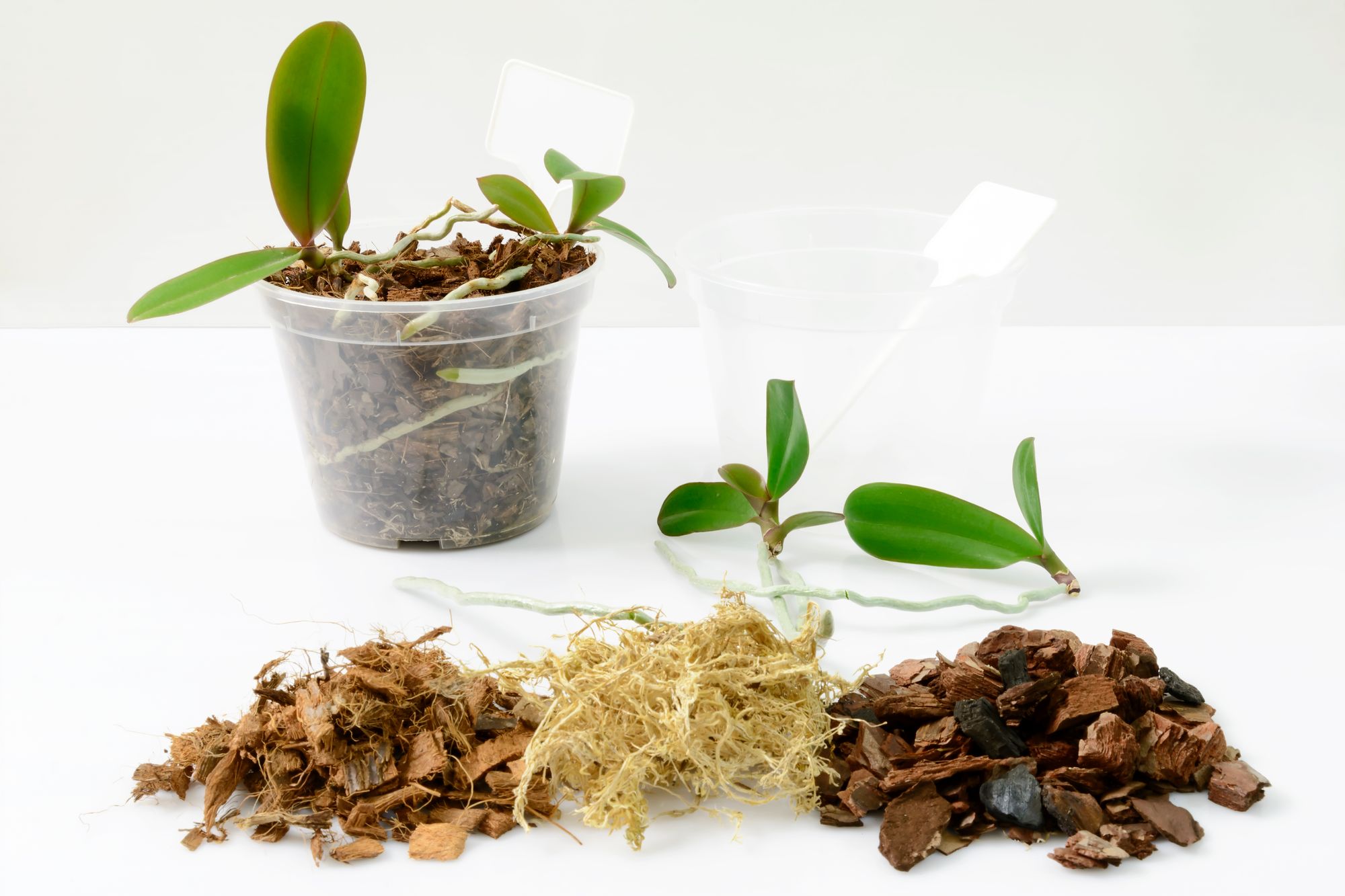
You can also combine various ingredients to create the perfect mix for your orchid. Perlite, an amorphous volcanic glass, is an ingredient that is added in quite a few potting mixes for orchids to improve air flow.
Nutrients
An orchid doesn't need a lot, but its basic requirements need to be met for it to bloom and thrive. Selecting an appropriate fertilizer isn't difficult these days as you can buy fertilizers that are specifically designed for orchids.
Choosing a fertilizer that is specific for orchids includes detailed instructions for you to follow. That is convenient and recommended for beginners because it can be difficult to see what your orchid needs and when. Fertilizers come in a variety of forms, liquid, powder, or as granules you can add to the potting mix. You may have seen the latter in the potting mix of plants you buy at your local garden center.
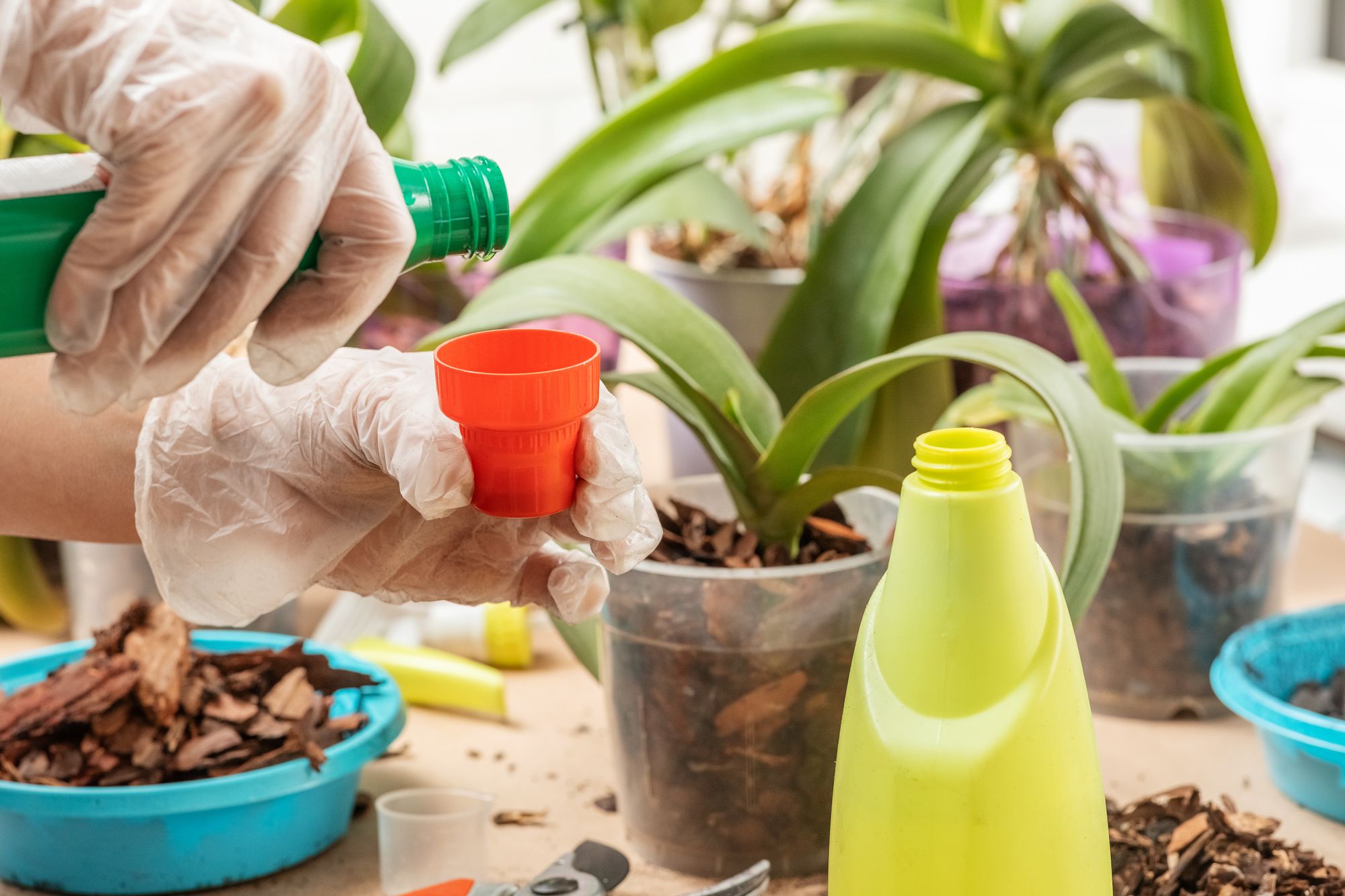
Fertilizers designed specifically for orchids can also be specific for the phase your orchid is in. There are two types, fertilizers for blooming and fertilizers for growing. The main difference is the nitrogen content.
Air Flow
Every orchid growing in the wild enjoys the flow of air. Orchids growing indoors or in a greenhouse don't usually get to enjoy this treat. If you have ever visited the greenhouse(s) of a botanical garden, then you may have noticed that large fans circulate the air of the greenhouse. There is a good reason for that.
The flow of air cools the orchid and that means it is less likely to be burnt by direct sunlight. It also ensures the temperature changes gradually by mixing the air of the greenhouse.
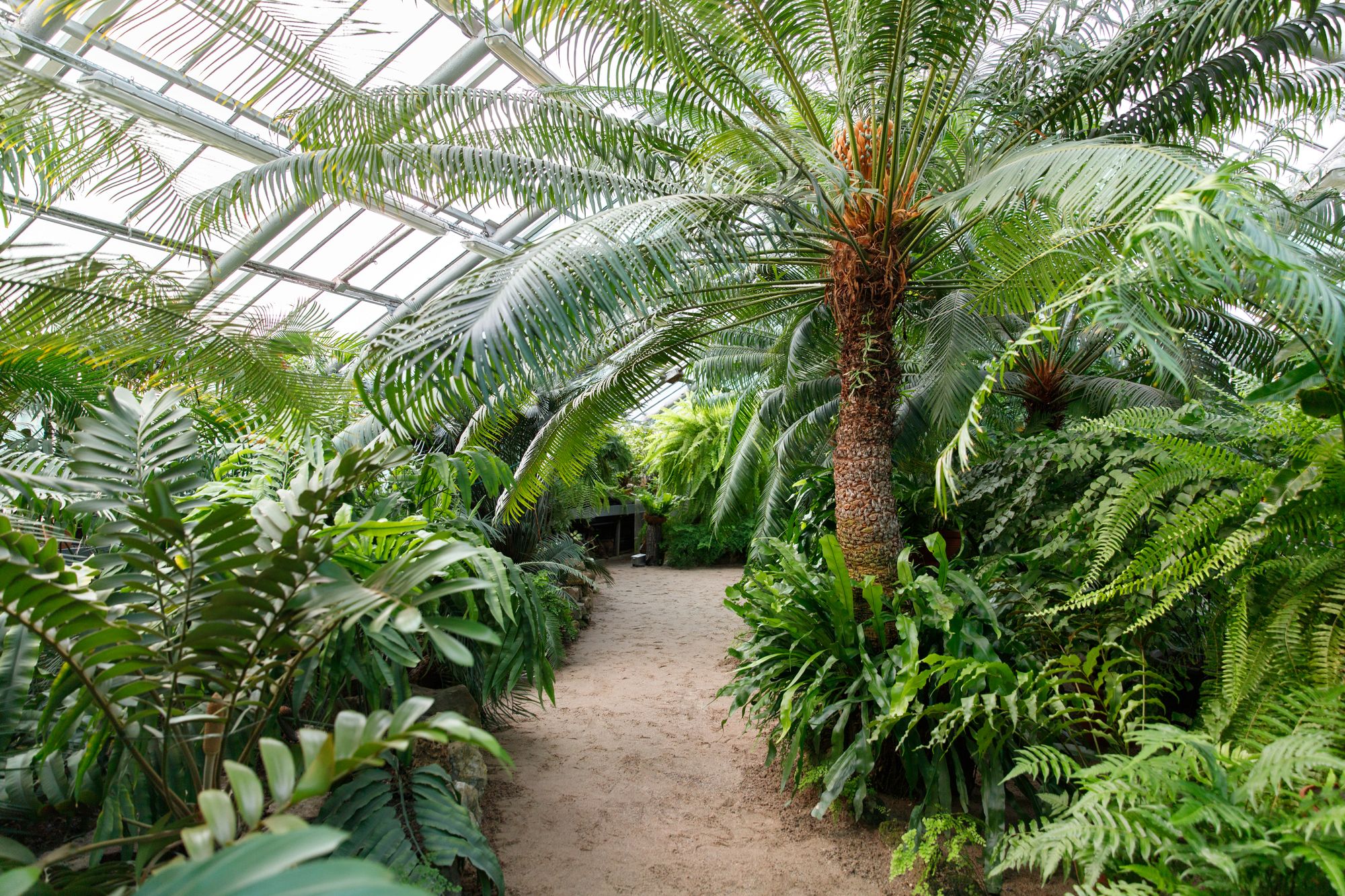
You can start simple by opening a window for some time to create some air flow. Your orchid will thank you for it. Be careful that the temperature difference isn't too dramatic because that may negatively affect your plant.
Know Your Plant
The five requirements you learned about in this article are a starting point. The orchid family (Orchidaceae) is vast and one of the largest families of flowering plants (Angiospermae or angiosperms). You can find orchids on every continent with the exception of Antarctica so orchids grow in a wide range of habitats and environments.
While some orchids may prefer shade, others prefer bright, filtered sunlight. It is essential that you know the species or hybrid you have. Once you know your orchid, you can study up on the environment it prefers. By applying what you learned in this article, you can drastically improve the health of your orchids. You may be surprised.